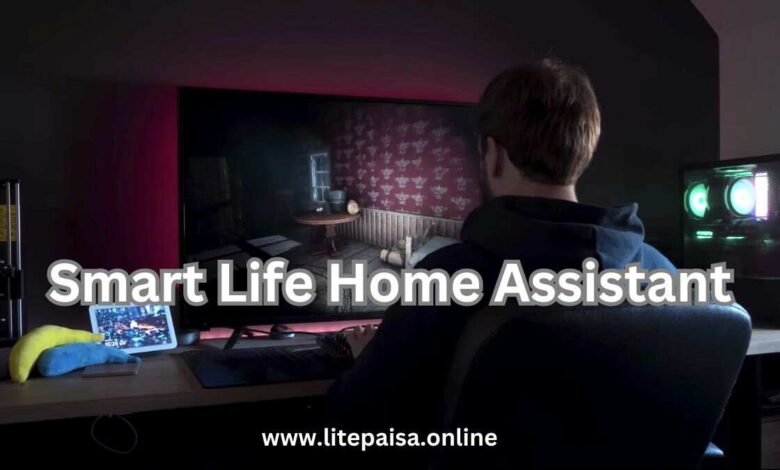
Smart Life Home Assistant has transformed the way people interact with their living spaces. At the heart of this transformation lies the Smart Life Home Assistant, a powerful tool that simplifies the setup and management of smart devices. This innovative solution has become a game-changer for homeowners looking to enhance their daily lives through home automation and seamless device integration.
Smart Life Home Assistant offers a comprehensive platform to connect and control various smart devices, from lighting and thermostats to security cameras and appliances. It works seamlessly with popular systems like Google Home and provides local control options for enhanced privacy. Users can easily download the Smart Life app for PC or mobile devices to manage their smart home setup. Smart Life Home Assistant With cloud development capabilities and Tuya Smart app integration, Smart Life Home Assistant empowers users to create a truly connected and efficient living environment.
Getting Started with Smart Life Home Assistant
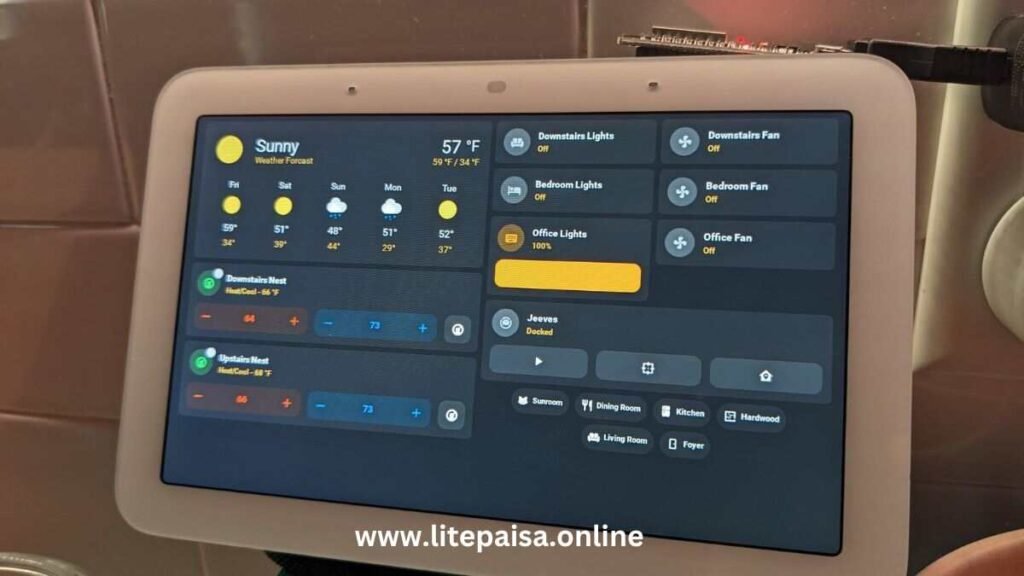
Integrating Smart Devices
The Smart Life Home Assistant offers a comprehensive solution for integrating various smart devices into a cohesive home automation system. This platform supports a wide range of device types and provides user-friendly methods for adding new devices and creating custom scenes and groups.
Supported Device Types
Smart Life Home Assistant is compatible with an extensive array of smart devices, making it a versatile choice for homeowners. The platform supports everything from smart bulbs to door locks and various other smart home products. This wide compatibility ensures that users can find suitable devices to enhance their home’s intelligence and convenience.
Adding New Devices Smart Life Home Assistant
Adding new devices to the Smart Life ecosystem is a straightforward process. The app supports two primary communication types for smart devices: single-point Wi-Fi and Wi-Fi plus Bluetooth. When pairing devices, users can choose between Easy Connect mode and AP (Access Point) mode.
For those using the Smart Life app with SDK development on iOS 14.5 and above or Xcode version 12.5 and above, AP mode. Here’s a step-by-step guide to adding a new device using AP mode:
Ensure the device’s indicator light is slowly flashing.
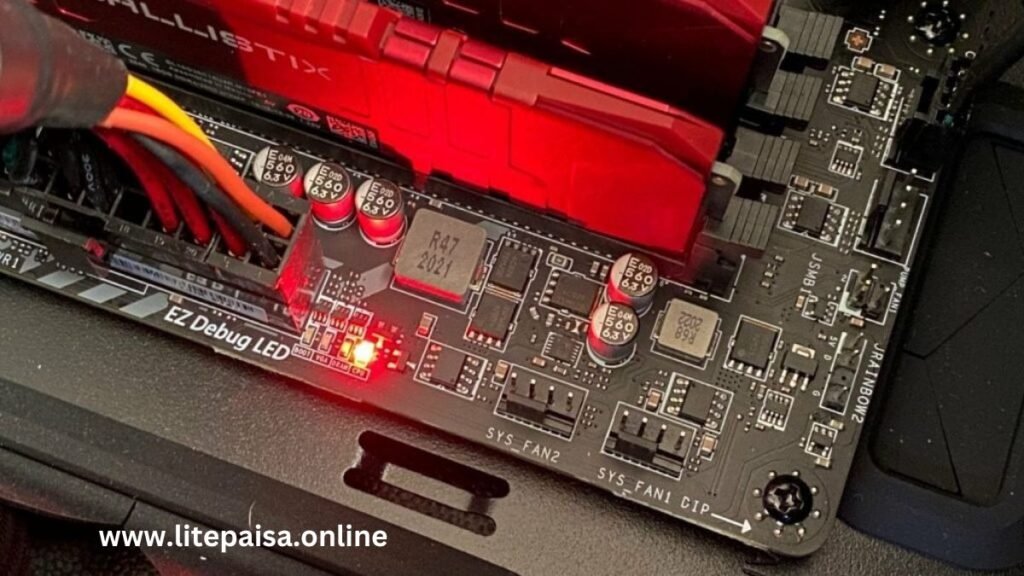
Open the Smart Life app and tap “Add Device” or the plus sign.
Select “Add Manually” and choose the device category (e.g., “Lightning” for smart lights).
Confirm that the device’s light is blinking slowly and tap “Next.”
Connect your phone to the device’s hotspot (usually named “SmartLife-“).
Once added, tap “Done” to finish the setup.
Grouping and Scenes
Smart Life Home Assistant allows users to create groups and scenes, enhancing the overall smart home experience. Grouping devices simultaneous control of multiple units, streamlining the management of your smart home.
For instance, users can create a group of smart lights, Smart Life Home Assistant allowing them to control all the lights together. This feature enables users to turn all grouped lights on or off at once, as well as adjust brightness or color temperature for the entire group simultaneously. This functionality is particularly useful for managing multiple devices in a single room or creating a cohesive lighting ambiance throughout the home.
Scenes, on the other hand, allow users to set up pre-defined configurations for multiple devices. This feature enables the creation of custom environments or automated routines with a single tap. For example, a “Movie Night” scene could dim the lights, lower the blinds, and turn on the TV, all with one command.
Integrating Smart Devices Smart Life Home Assistant
By leveraging these grouping and scene-setting capabilities, users can maximize the efficiency of their smart home setup. The Smart Life Home Assistant’s intuitive interface makes it easy to create and manage these groups and scenes, allowing for a truly personalized and automated living space.
In conclusion, the Smart Life Home Assistant provides a robust platform for integrating various smart devices, offering support for a wide range of products, an easy device addition process, and powerful grouping and scene-setting features. These capabilities combine to create a seamless and efficient smart home experience, tailored to each user’s specific needs and preferences.
Maximizing Smart Home Efficiency Smart Life Home Assistant
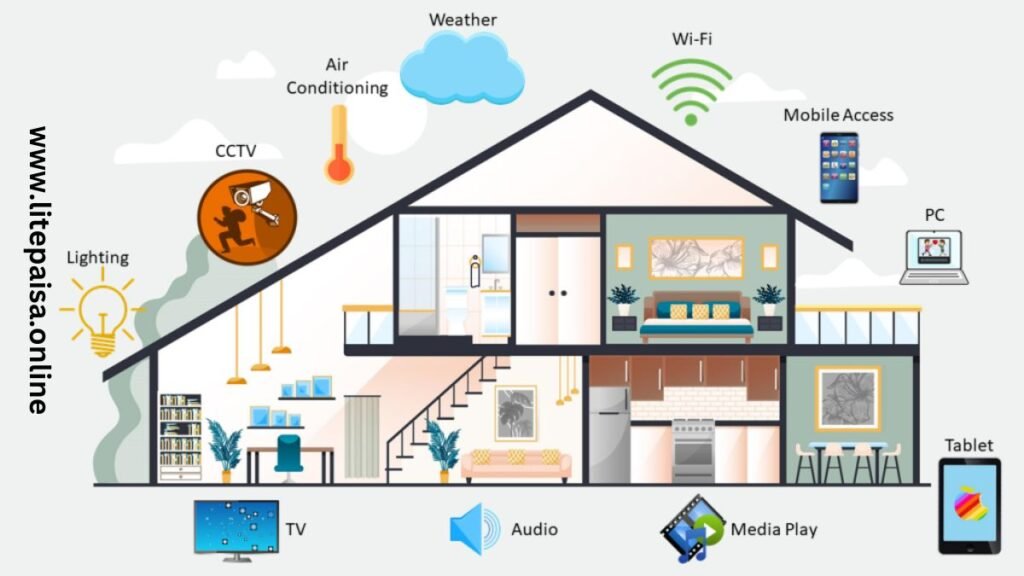
Smart home devices offer numerous opportunities to enhance efficiency and reduce energy consumption. By leveraging advanced features and automation capabilities, homeowners can create a more comfortable living environment while minimizing waste and costs.
Scheduling and Routines
One of the key advantages of smart home systems is the ability to create schedules and routines that automate various tasks. The ENERGY STAR Smart Home Energy Management Systems (SHEMS) program recognizes. Smart home systems that help simplify, reduce, and manage energy consumption. These systems facilitate schedules for smart devices to operate and suggest energy-saving actions based on usage patterns. Automatically control devices based on room or home occupancy.
Geofencing Smart Life Home Assistant
Geofencing is an advanced feature that allows smart home devices to perform actions automatically based on the homeowner’s location. This technology creates a virtual perimeter around the home, interacting with the user’s smartphone to determine their location.
To set up geofencing, users need to download their smart home app and enable location services. The app then creates routines and automation that are triggered when the home is set to ‘Home’ or ‘Away’ mode. For example, when leaving home, geofencing can automatically lower the thermostat or turn off smart bulbs to save energy.
Geofencing can also trigger actions while the homeowner is away. For instance, it can start the dishwasher or activate a robot vacuum when the user is at work. When leaving the office, geofencing can adjust the home’s thermostat to ensure a comfortable temperature upon arrival.
Energy Saving Tips Smart Life Home Assistant
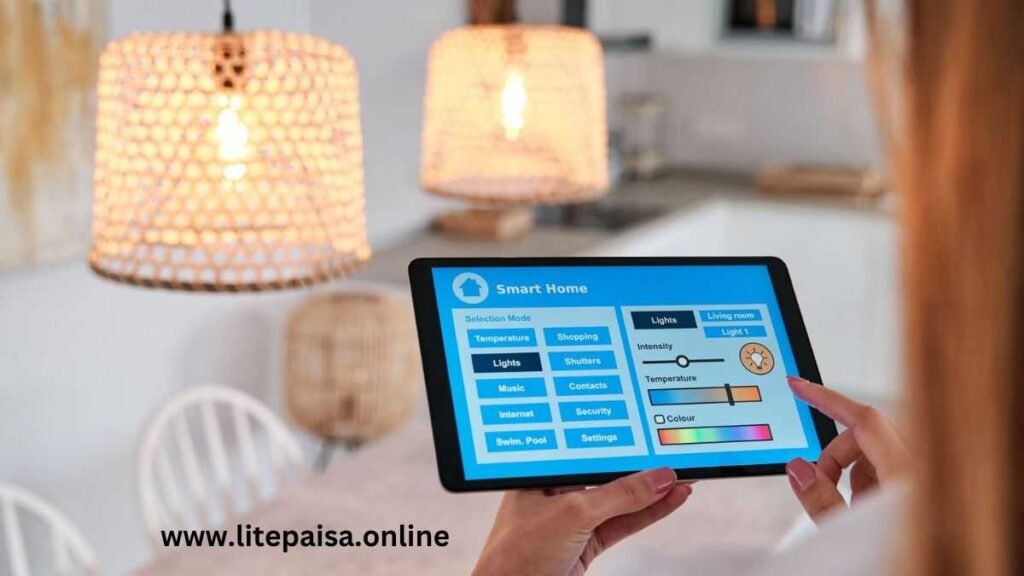
Smart bulbs can be programmed to turn on and off automatically, saving energy. Some can even detect when the homeowner is headed home and turn on lights automatically.
Smart plugs can manage the energy consumption of plugged-in devices, allowing users to program times of use and remotely control power.
Smart Thermostats Home Smart Life Home Assistant
Smart thermostats, in particular, play a crucial role in energy efficiency. These devices can monitor and adjust a home’s temperature even when the occupants are away. More importantly, they can automatically turn down heating and cooling when it’s not needed. ENERGY STAR-certified smart thermostats undergo an independent certification process that verifies energy savings based on extensive field data.
Smart home devices offer various ways to reduce energy consumption:
Smart thermostats and temperature sensors can be adjust to changing of energy needs, reducing heating and cooling when no one is home.
Smart sprinkler systems can automatically adjust watering schedules based on weather forecasts, preventing unnecessary water usage.
ENERGY STAR-certified smart light fixtures and bulbs use 90% less energy than traditional incandescent bulbs and have a 15 times longer life expectancy.
By implementing these smart home technologies and following energy-saving practices. Homeowners can significantly reduce their energy consumption and create a more efficient living space.
Conclusion
No questions and answers are available at this time for the topic. Simplify Your Smart Home Setup.” Please check back later for updates or additional information.
Read More: Advance Tech Services



